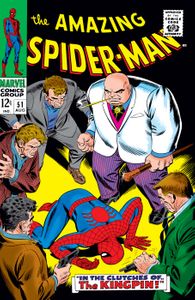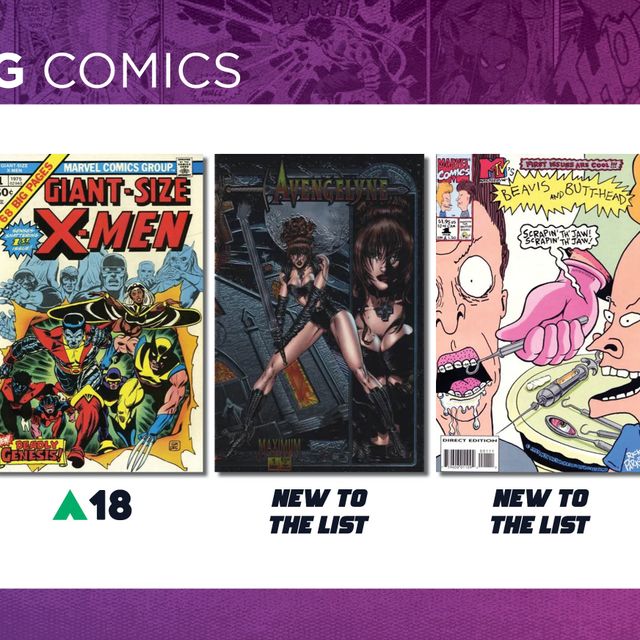
Should the Kingpin's Appearance in ASM #50 be Considered a Cameo?
As I wrote in my previous blog, this rule hasn't been consistently applied. Below, I make the argument that investors should consider Amazing Spider-Man #51 as the first full appearance of the Kingpin.

One of my fellow GoCollect bloggers argued that a cameo is the "character appearing on only a few panels or even just one panel in the interior pages. Basically, the cameo is a very limited intro of the character, a teaser." Although it can be debated, using the definition above, ASM #50 appears to be a cameo since Kingpin only appears in a few panels.
ASM #51 is Much More Like Hulk #181

Applying the Hulk #181 rule here, ASM #51 should be much more valuable than ASM #50. Investors, however, have instead flocked to ASM #50, driving up its prices. Specifically, according to GoCollect, the FMV of a CGC 9.8 copy of ASM #50 is $66,000.00 -- or nearly thirteen times the value of a CGC 9.8 copy of ASM #51. If comic investors were consistent about cameos and first appearances, shouldn't the values of these books be reversed? At least to me, arguing that ASM #50 is more valuable than ASM #51 is like arguing Hulk #180 should be more valuable than Hulk #181 (or that ASM #299 should be more valuable than ASM #300).
Closing Thoughts
Ultimately, the market determines which comic books are valuable and which ones are not; however, it appears to me that ASM #50 is an inflated stock driven up in price by herd behavior. In my opinion, if comics were stocks, ASM #50 is a hold and ASM #51 is a definite buy. To quote Warren Buffett, buying ASM #51 is like buying a wonderful company at a fair price.



